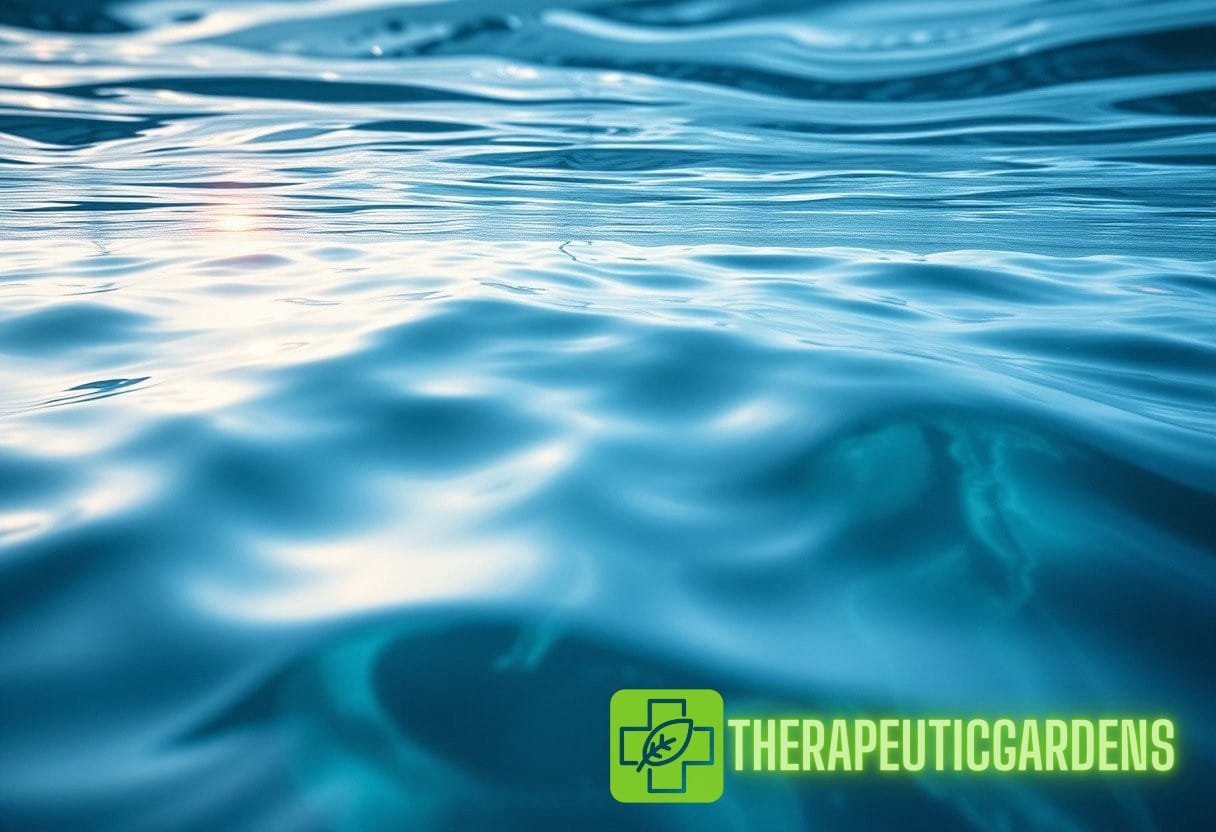Serenity in Streams: Unveiling the Evergreen Impact of Aquatic Environments on Emotional Balance
In an era where stress and anxiety levels are on the rise, the quest for an emotional sanctuary has led many to explore the restorative powers of nature. Among the most captivating natural environments are the aquatic realms—the streams, lakes, and rivers that weave through our landscapes.
The Science Behind Nature’s Healing Powers
The therapeutic benefits of nature are well-documented. According to a study published in the journal Environmental Research, spending time in natural settings reduces cortisol levels—a known stress hormone. The impact of aquatic environments, in particular, should not be underestimated. Water bodies create a unique microclimate that promotes relaxation.
Some key findings include:
- Reduction in Stress: Interaction with water bodies is linked to lowered levels of stress and anxiety.
- Increased Mood Stability: Exposure to natural light and sounds found in aquatic environments can significantly uplift mood.
- Enhanced Cognitive Function: Nature exposure has been shown to improve focus and cognitive capabilities.
Understanding Calm Water Therapy
Calm water therapy is a relatively new concept gaining traction among therapists and mental health professionals. It refers to various therapeutic practices that involve interaction with serene water settings. This form of therapy utilizes the soothing sounds and visuals of calm water to promote relaxation and emotional healing.
Benefits of calm water therapy include:
- Mindfulness Techniques: Activities anchored around calm water encourage mindfulness practices, which can alleviate symptoms of anxiety.
- Physical Well-being: Engagement with water-based activities like kayaking or swimming can improve physical health, thus enhancing emotional well-being.
- Cognitive Clarity: The calming effects of water can lead to improved cognitive function, making it easier to manage thoughts and emotions.
Aquatic Environments and Mental Health: Case Studies
Several studies underscore the positive impact of aquatic environments on mental health. One notable case study from the Journal of Environmental Psychology highlights the transformations experienced by participants engaging in therapy involving lakeside activities.
Participants reported:
- A significant decrease in anxiety levels, measured through standardized psychological assessments.
- Increased feelings of happiness and contentment after just a few sessions near calm waters.
- A strong sense of connection to nature and a renewed appreciation for their surroundings.
The Role of Soundscapes in Aquatic Therapy

The auditory elements of aquatic environments play an essential role in emotional restoration. The gentle sound of flowing water has an almost hypnotic effect, which can assist in reducing worries and fostering a state of calm.
Research published in the journal Noise & Health shows that natural sounds, including the sound of water, can lower blood pressure and induce relaxation. This phenomenon is often employed in therapeutic settings through sound therapy practices using recordings of rippling streams or ocean waves.
Incorporating Aquatic Environments into Everyday Life
To tap into the emotional benefits of aquatic environments, individuals can take simple steps to incorporate these elements into their lives:
- Regular Visits to Local Water Bodies: Engage with streams, lakes, or rivers in your area. Regular exposure fosters emotional stability.
- Water-based Mindfulness Practices: Introduce activities such as meditation by the water, which combines the elements of mindfulness and the soothing effects of nature.
- Utilizing Sounds of Water: Create a calming environment in your home by incorporating water sounds through recordings or fountains.
Benefits of Aquatic Therapy for Specific Mental Health Issues
Aquatic therapy has been recognized for its effectiveness in addressing various mental health disorders. Research indicates that calm water therapy can provide significant relief for individuals suffering from issues such as:
Anxiety Disorders
Many individuals with anxiety find relief through exposure to serene water settings. A systematic review published in The British Medical Journal highlighted the efficacy of nature exposure in anxiety reduction, demonstrating that those who spent time near water showed improved psychological states.
Depression
Studies have shown that aquatic environments play a pivotal role in managing symptoms of depression. Engaging in activities around water—such as swimming or even walking beside a river—can elevate mood. In a study published in Clinical Psychology Review, participants who spent regular time in aquatic environments demonstrated marked improvements in depressive symptoms.
Post-Traumatic Stress Disorder
Aquatic therapy is increasingly employed in therapeutic interventions for veterans and others suffering from PTSD. Programs that incorporate outdoor activities in serene settings have shown promising results. An evaluation of a water-based therapy program reported significant improvements in PTSD symptoms among participants.
Conclusion
As research continues to illuminate the intricate connections between emotional well-being and natural settings, aquatic environments stand out as a particularly effective healer. Through peaceful interactions with water, we can harness the power of calm water therapy to foster emotional balance and serenity.


